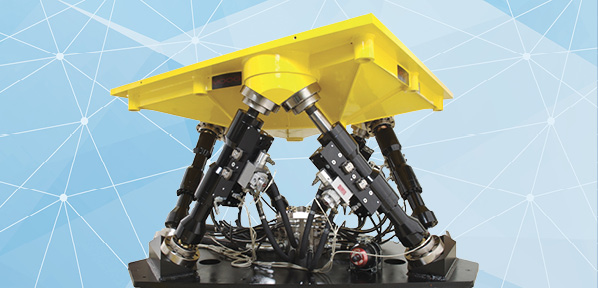Empowering a Cultural Revolution in the Industrial Revolution
 By Will Healy III, Industry Marketing Director, Balluff Inc.
By Will Healy III, Industry Marketing Director, Balluff Inc.
Like it or not, we are leading organizations through an industrial revolution. Digitization, Industrial IoT (IIoT), Industry 4.0, Smart Manufacturing (or whatever buzz word is your favorite) are having a major impact on our organizations. The desires of consumers for more choice, more information, and faster availability are filtering into the industrial space and the fluid power market. Manufacturers and equipment builders are actively investing in Industry 4.0 to meet these needs, but we also need to rethink our organizations and adjust our culture across all departments.
The drive for more connected machines, connected devices, and connected people is creating stress between the IT teams and the production floor (OT). Commonly called IT/OT convergence, the lack of clarity on the objectives and responsibilities of these two teams on topics like network security and data availability is creating conflict. But it doesn’t have to. Blending these teams and adding an IT/OT specialist who can communicate and relate to both departments will lead to more successful projects.
The speed at which new technology is entering the plant floor is increasing, and the value it brings to manufacturers who embrace it is impressive. Our mobile safety policies need to keep up. While use of tablets and phones is already popular, many plants are working toward the implementation of wearable technologies like AR/VR and exoskeletons. These tools provide better collaboration, maintenance, operations, training simulation, and visualization than ever before. And with 6-axis and collaborative robots, human efficiency is increased by unprecedented levels.
These technologies are pushing our organizations to a new paradigm of data-driven decision making. Mobile tools allow managers and engineers to continuously see productivity and equipment status and deep dive on problems at even the lowest levels of the automation process. Smart sensors and IIoT devices enable new insights into production and empower manufacturers with data. This data drives predictive analytics programs, which increase uptime, improve asset life, and control maintenance costs like overtime and MRO.
Improved technologies and increased data are drivers for success, but only with the right people in place, and unfortunately, we do not have people with the right skills and attitudes applying for our manufacturing jobs. The National Association of Manufacturer’s 2018 skills gap report states that 2.4 million U.S. manufacturing jobs will go unfilled by 2028. To remedy this, we need to embrace open talent ecosystems, utilize even more automation technologies, and develop our own talent pipeline. Generation Z is entering our workforce, and millennials need to be elevated as leaders in our organizations to be successful. Adapting to these generations requires cultural shifts, including self-directed micro-learning, social media engagement, increased diversity, new communication tools, and more cross-department/skillset/location collaboration.
Leaders must manage the changes that are coming at us quickly. Automation of white-collar and low-skill tasks needs to be embraced and met with re-skilling initiatives of displaced workers. Most importantly, we need a plan. In an Industry 4.0 driven change, we need the five T’s of a change plan: Team, Test, CommunicaTe, Train, & IT (OK, so maybe it isn’t entirely T’s, but let’s roll with it!). By having a team, testing the message, and communicating effectively, we can manage most changes with minimal fear and turmoil. For those workers impacted by the changes, we need to address the new skills and train them. And please include IT in your IIoT and Industry 4.0 project teams from the beginning; you will not regret this decision.
As manufacturing joins the industrial revolution, it makes sense that the cultures of our organizations need to follow suit. More flexibility, efficiency, and visibility will drive success in both our production and culture.







